A dumbbell exercise chart can be one of the simplest yet most powerful tools in your fitness journey. Whether you’re new to resistance training or refining a home gym routine, having a clear visual reference helps eliminate guesswork, keeps you consistent, and maximizes your workout efficiency.
What Is a Dumbbell Exercise Chart?
A dumbbell exercise chart is a visual layout or diagram that demonstrates various strength-training movements using dumbbells. These charts usually group exercises by muscle group (e.g., chest, back, arms, legs) and often include images or diagrams showing proper form, number of sets and reps, and tips on progression.
Why Use a Weight Exercise Chart?
-
Structure and Clarity: Instead of randomly choosing exercises, a workout chart provides a balanced routine. This prevents muscle imbalances and overtraining.
-
Form Guidance: Seeing diagrams with weights in use helps reinforce proper body alignment and joint mechanics.
-
Goal-Oriented Training: Whether you want to build strength, tone up, or improve endurance, a chart can guide your rep schemes and weight choices.
What’s Typically Included in a Free Weight Workout Chart?
A quality free weight workout chart will typically include:
-
Upper Body Exercises: Dumbbell bench press, shoulder press, rows, bicep curls, and triceps kickbacks.
-
Lower Body Exercises: Goblet squats, lunges, Romanian deadlifts, calf raises.
-
Core Workouts: Russian twists, weighted sit-ups, and dumbbell side bends.
-
Repetition Guidelines: Based on goals—e.g., 8-12 reps for muscle growth, 12-15+ for endurance.
Real-World Application
In my own training, I’ve kept a laminated dumbbell exercise chart in my garage gym for over a decade. On days when motivation lags or I’m short on time, it keeps me grounded. I can quickly scan the chart, build a circuit in seconds, and get moving. It’s also been a game-changer for training my teenage son—having visuals helped him understand technique much faster than verbal cues alone.
Workout Diagrams With Weights: A Tool for All Levels
These diagrams aren’t just for beginners. Even experienced lifters use them to create supersets, plan full-body splits, or recover from injury with modified movements. Some even use dry-erase versions to mark progress or adjust weekly plans.
Where to Find or How to Build Your Own
-
Printable PDFs: Many fitness websites and home gym brands offer free charts.
-
Customized Wall Posters: Ideal for home gyms or training studios.
-
Apps with Visual Guides: Interactive diagrams that adapt to your progress.
-
DIY Option: Snap photos of your top 10 moves, label sets/reps, and print your own chart.
Final Thoughts
A dumbbell exercise chart is more than a piece of paper—it’s your daily accountability partner, personal trainer, and performance log in one. With consistent use, you’ll not only move better but train smarter. Consider it your visual blueprint to strength.




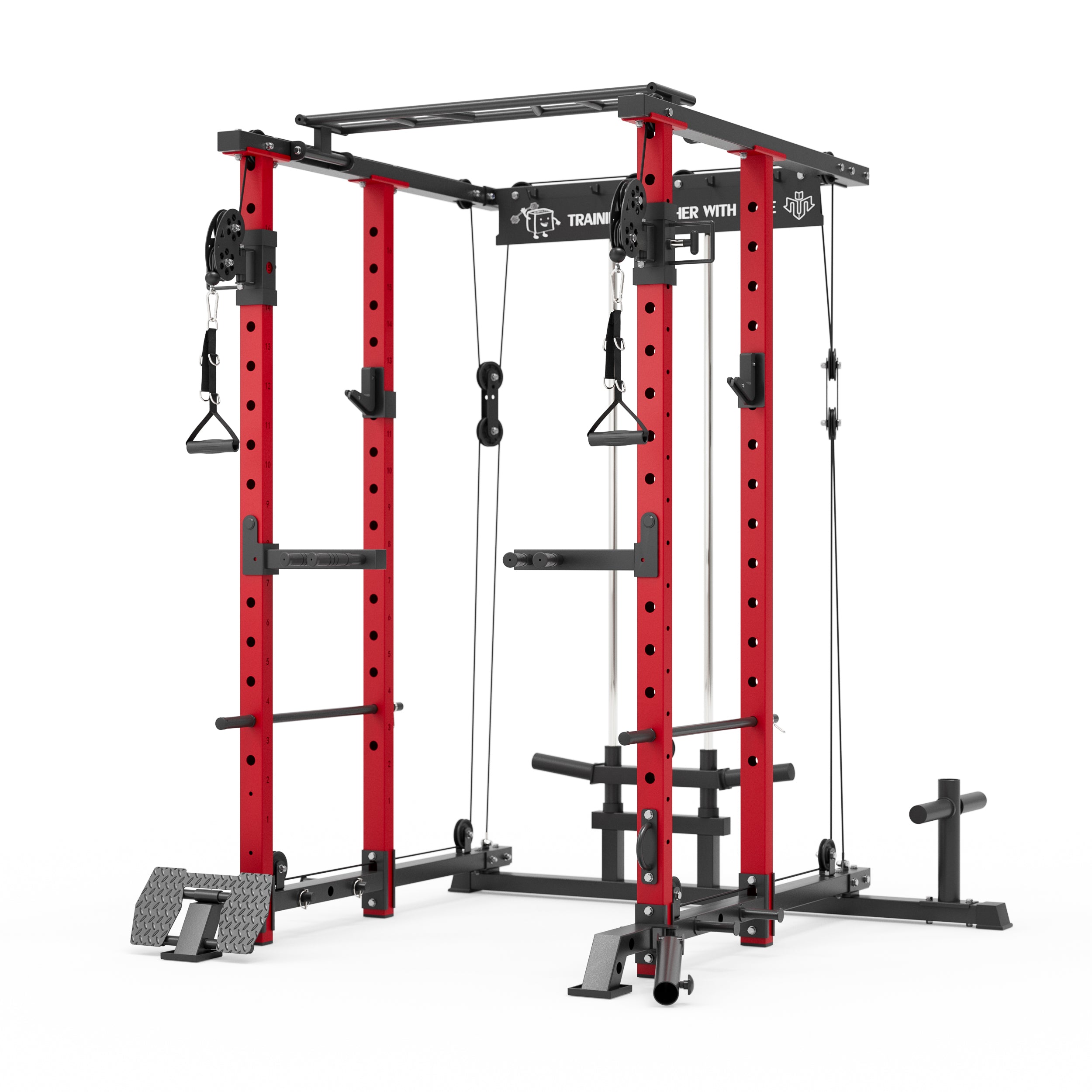


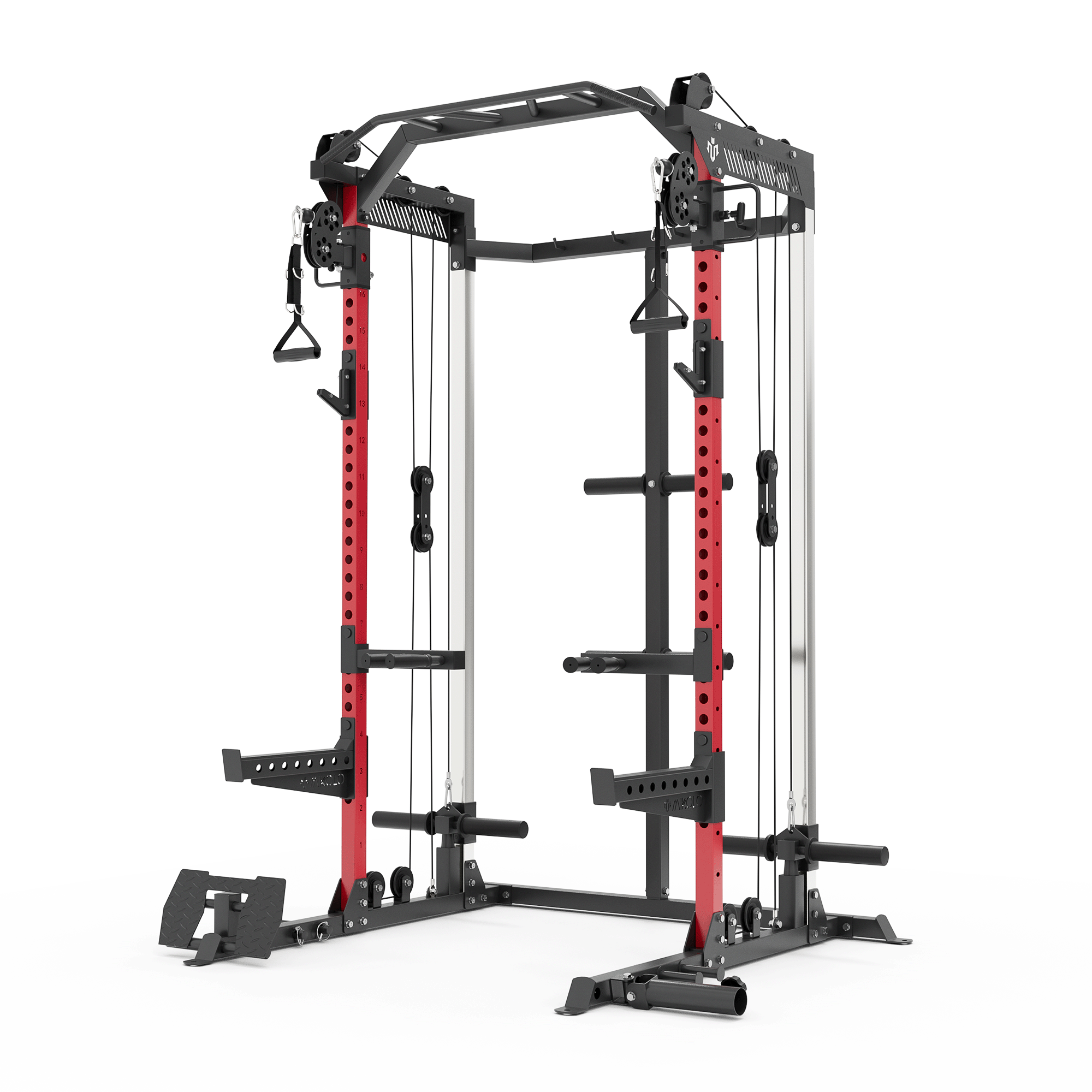



















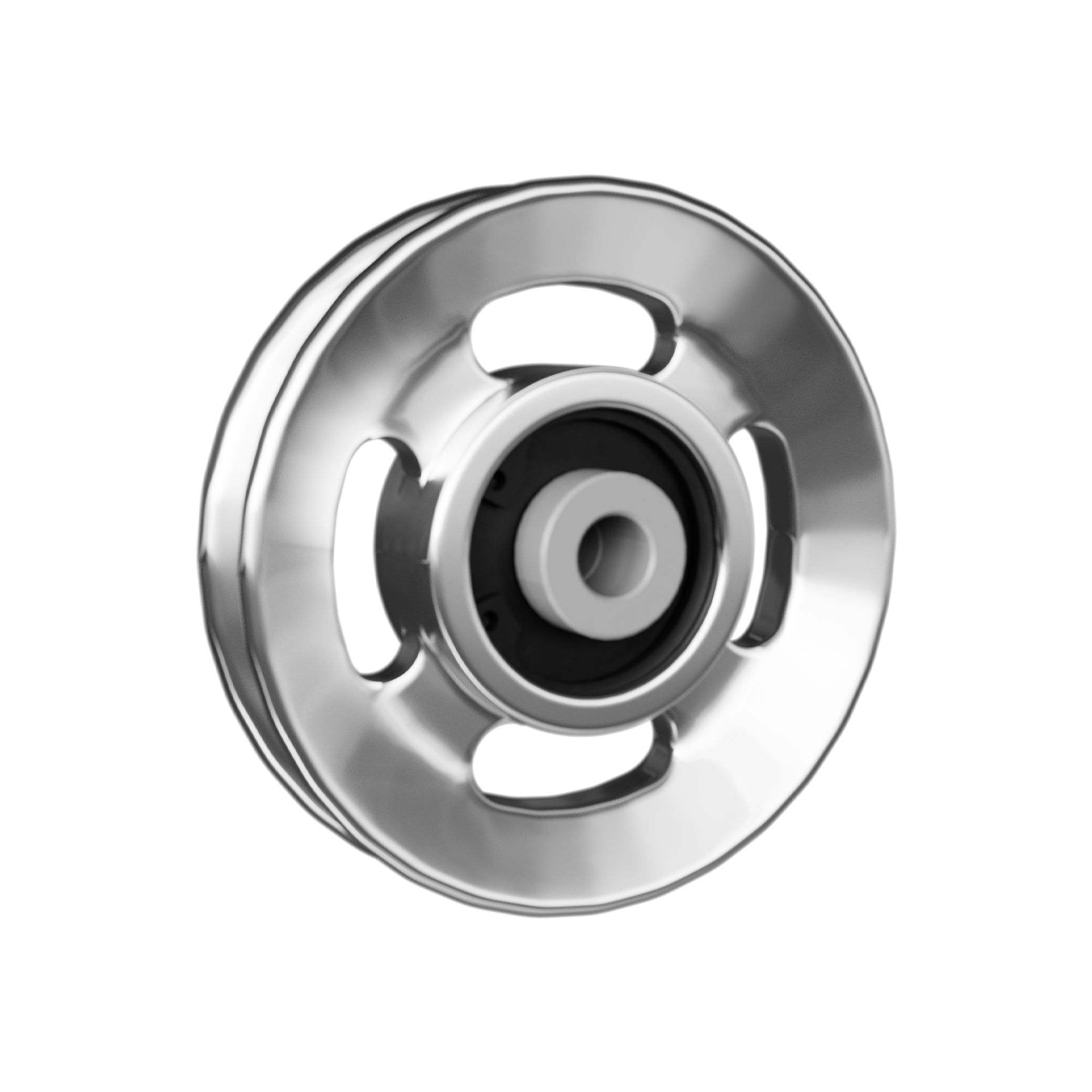



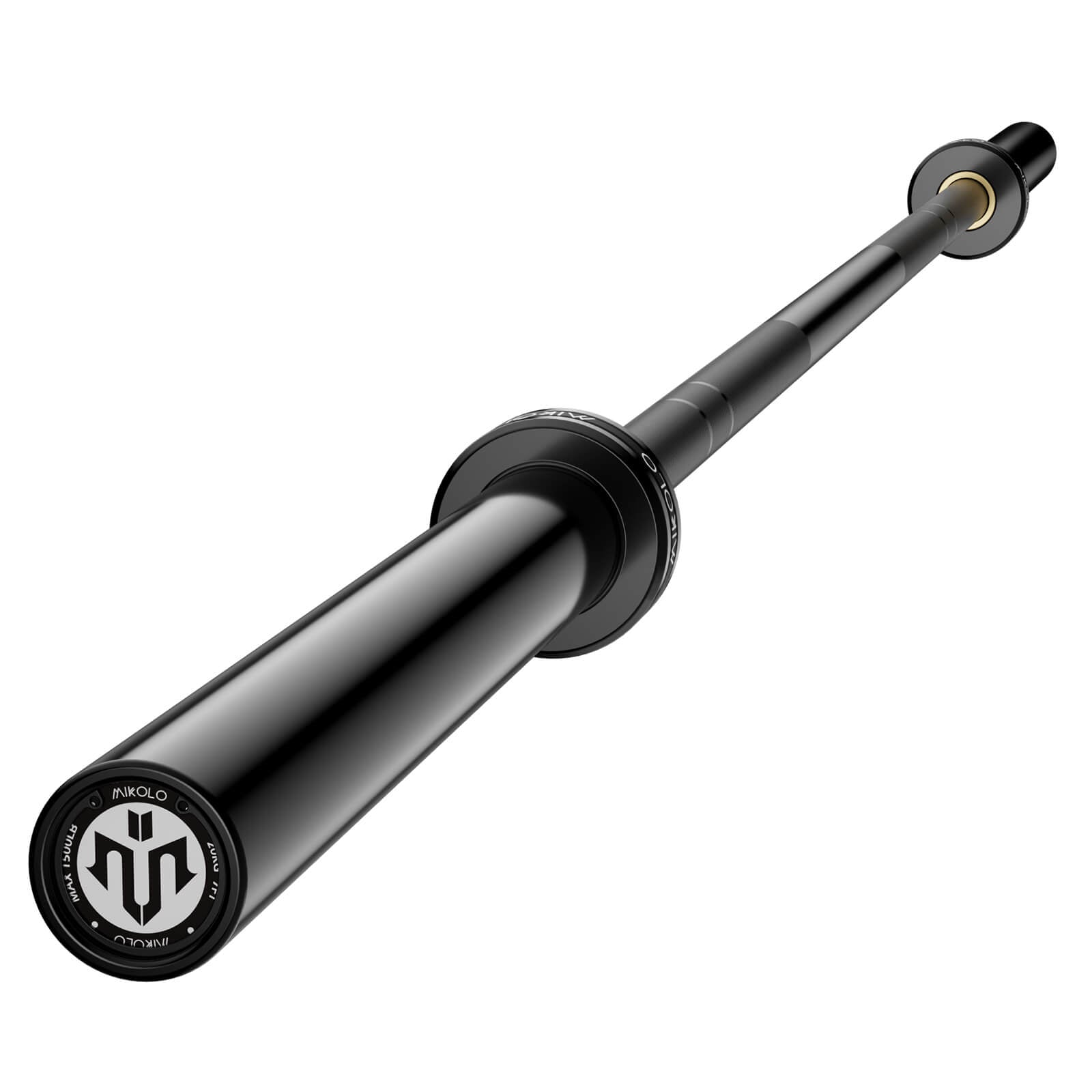









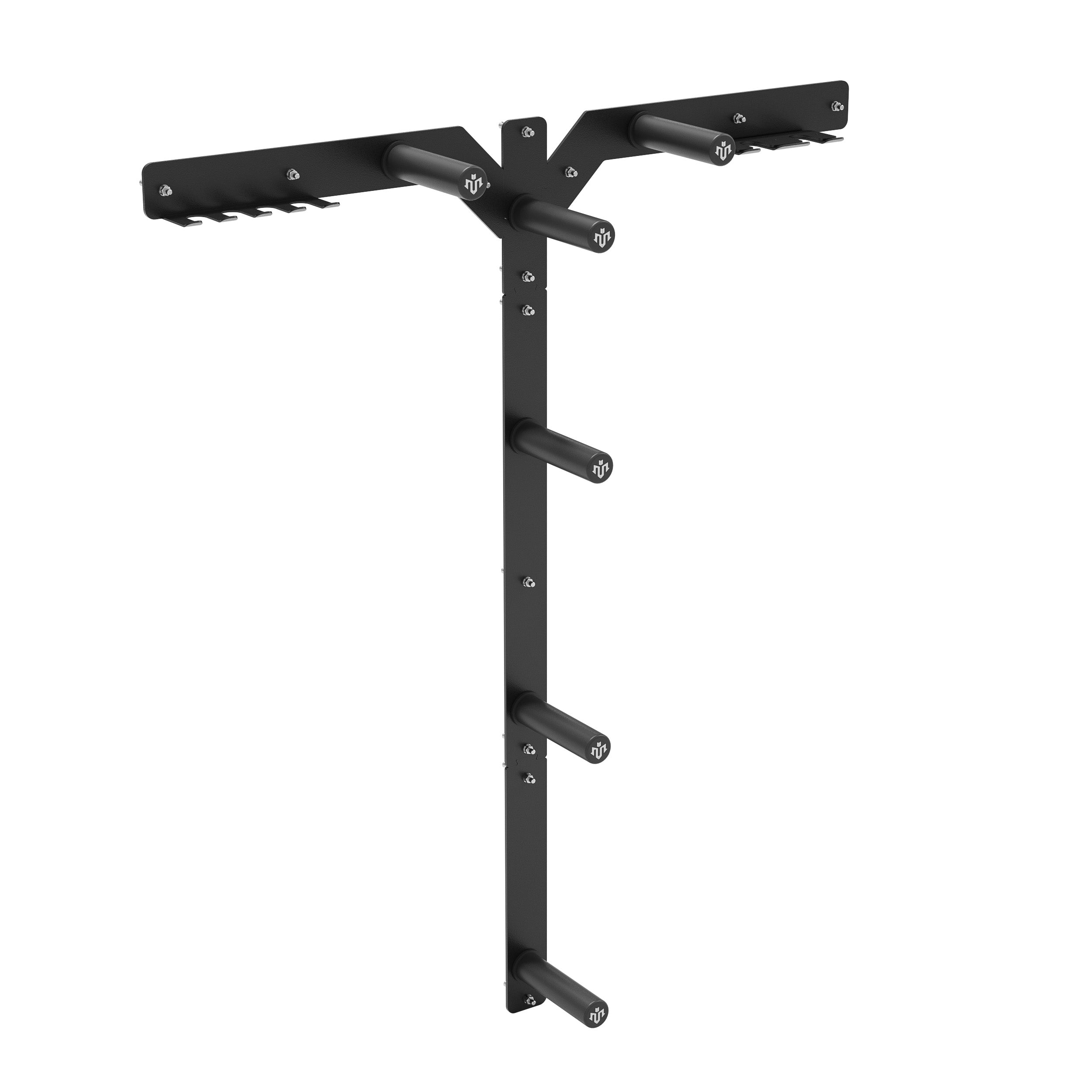





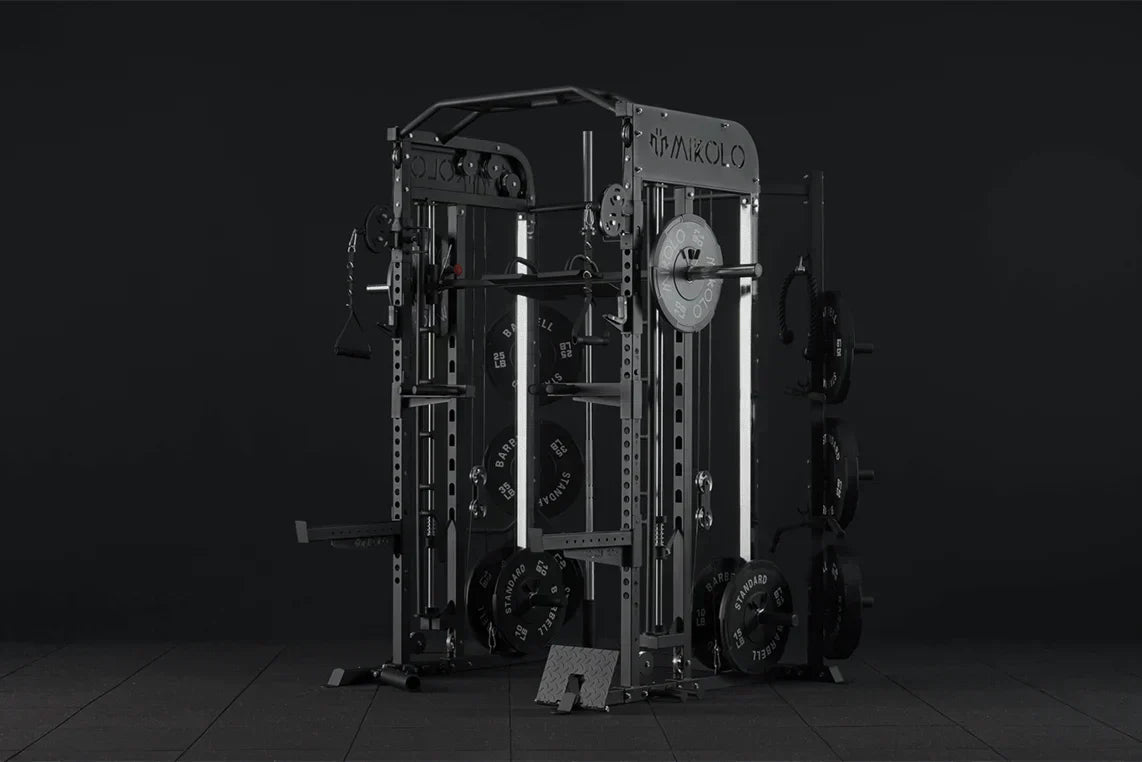
Leave a comment
This site is protected by hCaptcha and the hCaptcha Privacy Policy and Terms of Service apply.